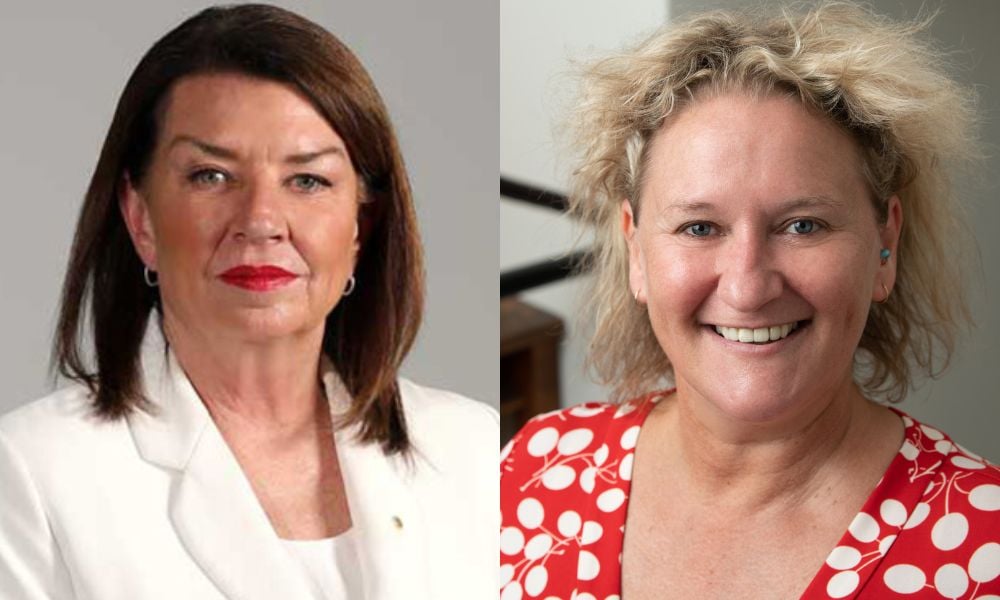But rental demand may outstrip supply

The Australian Banking Association and Property Investment Professionals of Australia support the government’s move to increase the annual permanent migration cap in an effort to ease worsening labour shortages.
But while the increase aims to alleviate difficulties finding labour in a tight jobs market, there is a question of whether current rental supply is sufficient to house an extra 35,000 people each year.
The ceiling on migration to Australia has been lifted from 160,000 to 195,000 places. The decision was announced at a two-day Jobs and Skills Summit, held in Canberra on September 1 and 2.
Led by Australian Prime Minister Antony Albanese, and Treasurer Jim Chalmers, the summit brought together unions, employers, business groups and governments to address shared economic challenges.
ABA CEO Anna Bligh (pictured above left) said the increased migration cap for the 2022-23 financial year, along with improvements to visa processing and targeted skills and training programs and policies, were critical to ensuring there were enough workers to fill vacancies at all levels.
This was a “positive step” to resolving acute labour shortages within the economy, she said.
“Australian banks are eager to support small and medium-sized businesses held back from growing and expanding — this announcement goes some way to addressing the issue,” Bligh said.
Read next: Hardship agreements now shown on credit reports, says ABA
Referring to the increase as a “practical outcome” from the summit, Bligh said an increase in the permanent migration cap should help to reduce the ongoing pressure some businesses were facing.
“Australian banks and the business customers they serve also welcome the announcement that a backlog of 900,000 visa applications will also be cleared, with an additional $36m committed to lift the surge staff capacity to 500 over the next nine months,” Bligh said.
PIPA chair Nicola McDougall (pictured above right) said while there was value in increasing migration to assist with the skills shortage, recent data indicated there could be a shortage of properties available for migrants to rent.
According to SQM Research, there were 36,741 rental vacancies across Australia in July. The national vacancy rate was 1%, McDougall said. Latest ABS lending indicators show a significant reduction in investor activity, with the value of new borrower-accepted loan commitments for investors falling 11.2% in July. This followed a 6.3% fall in June.
“PIPA is interested to hear the government’s plan on how it intends to provide housing for about 200,000 new migrants in the next year, when there currently aren’t enough rental properties to house our resident population,” McDougall said.



